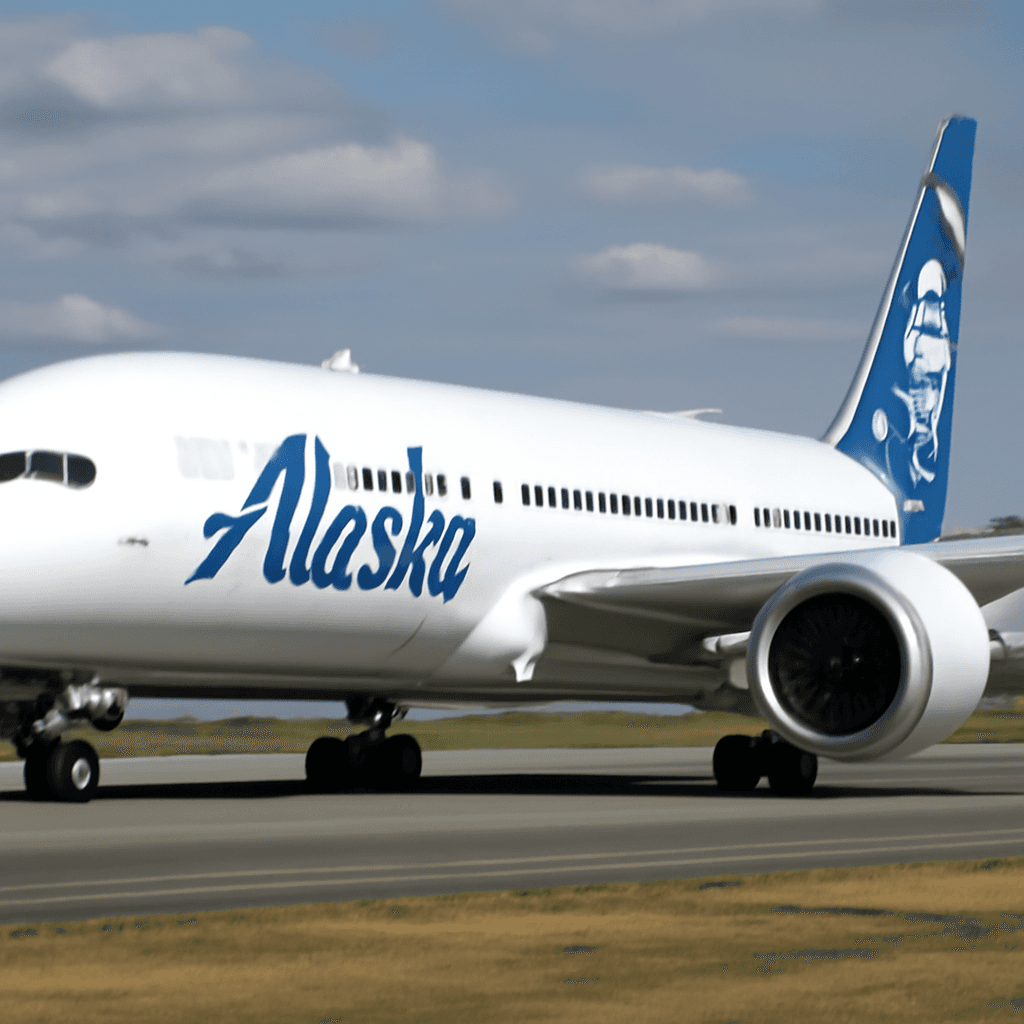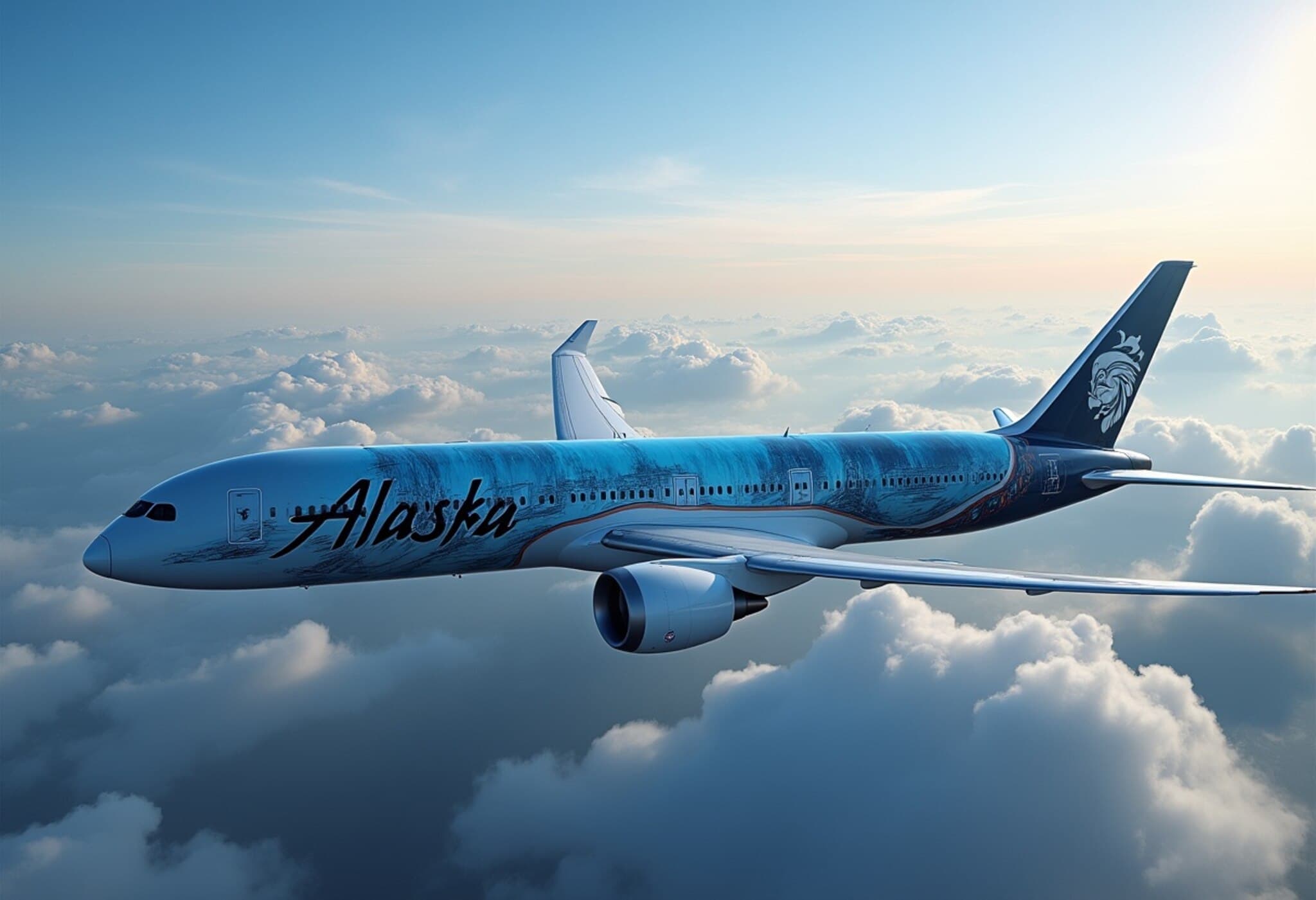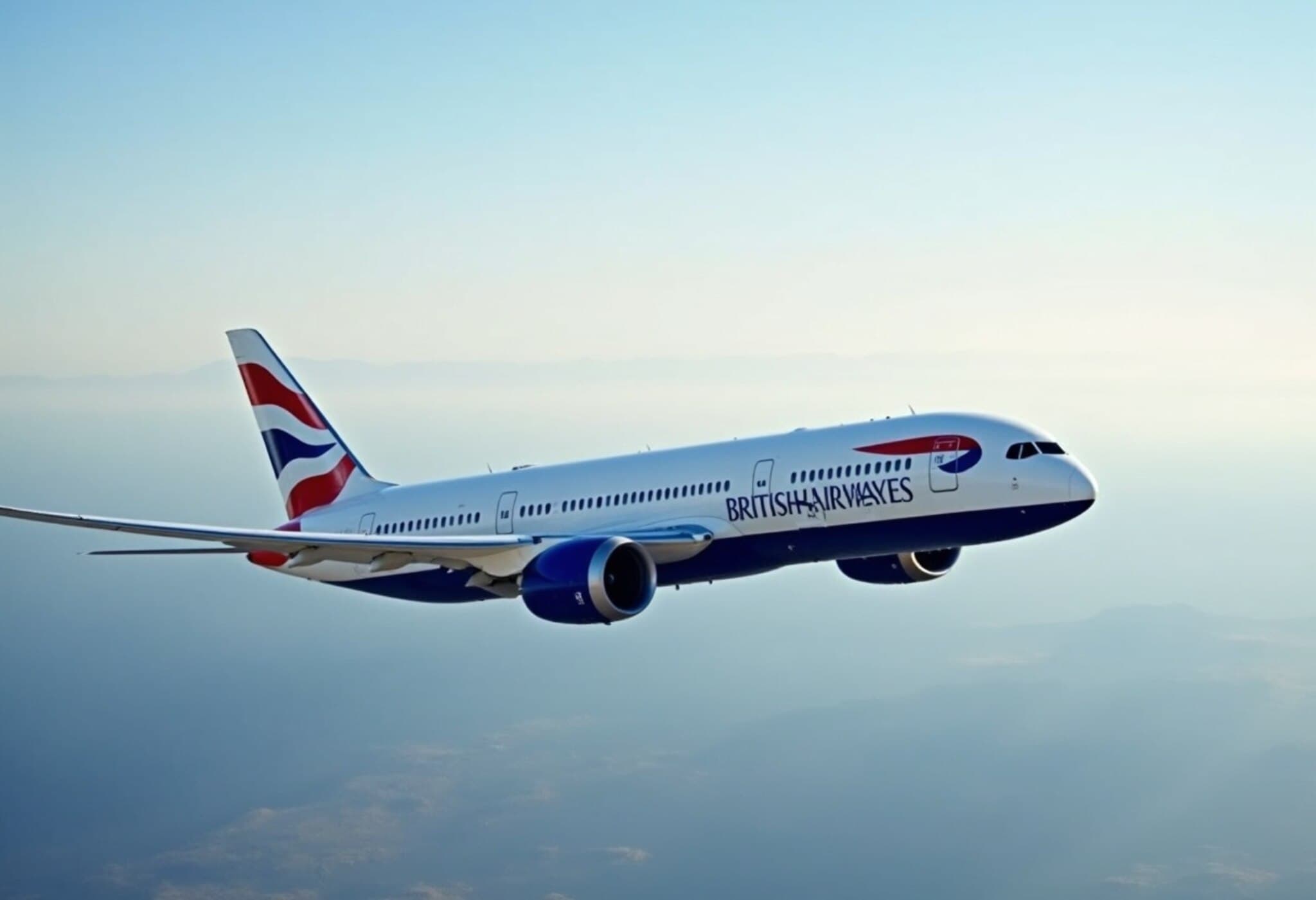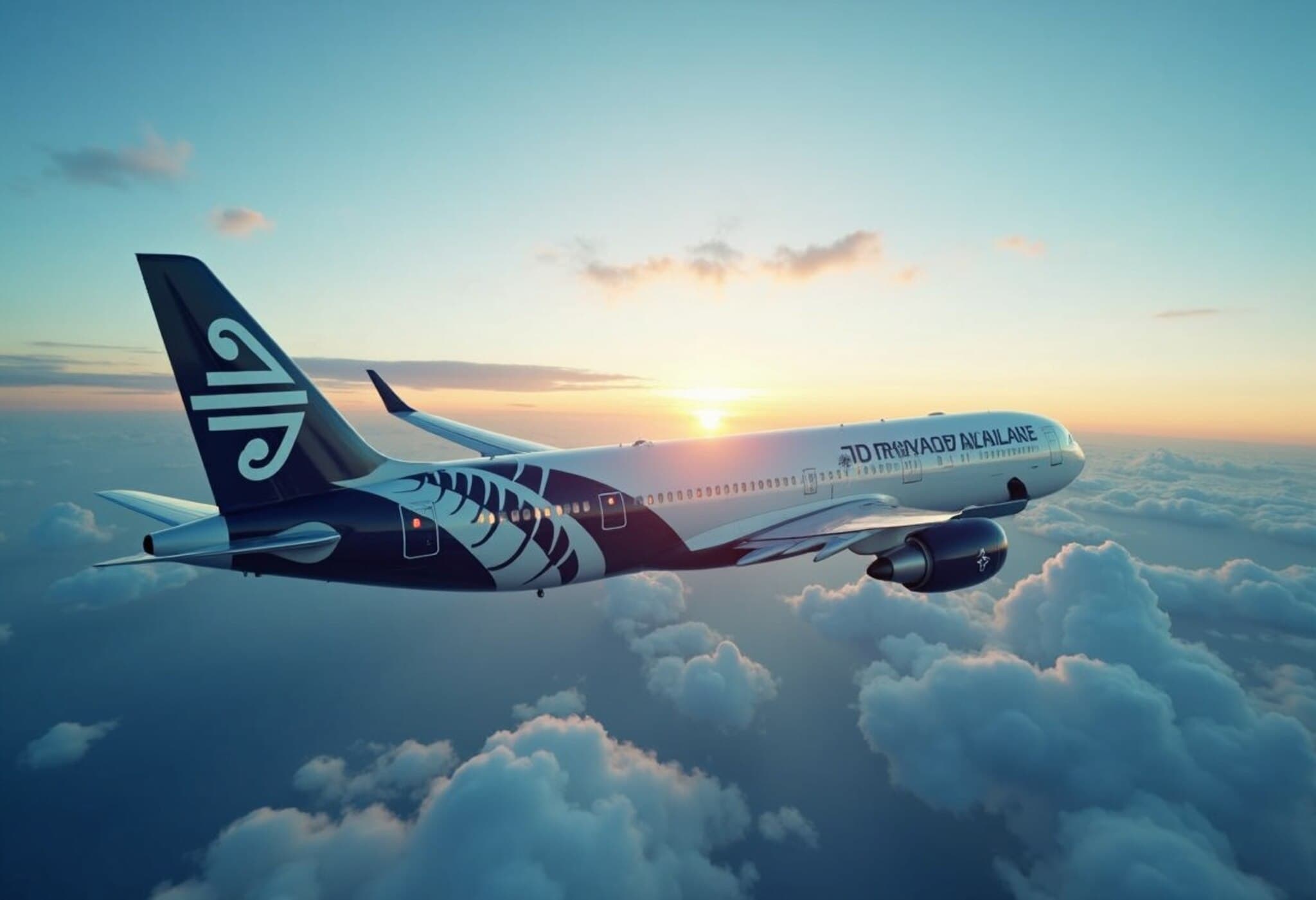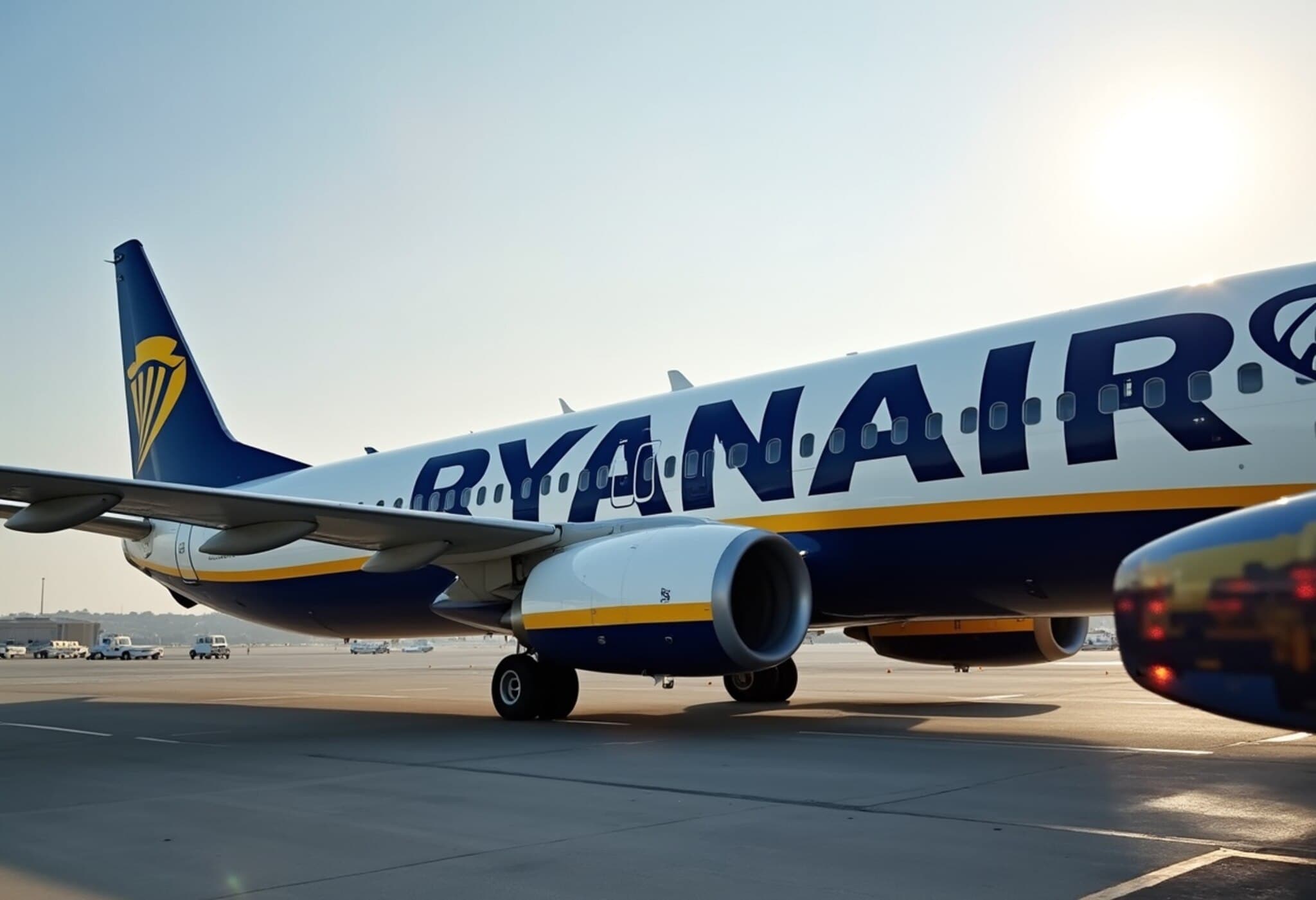Exploring the World's Most Challenging and Shortest Airport Runways
Landing a plane can be a straightforward task at most airports, but some runways push pilot skills to the edge. These airstrips, often perched on cliffs, nestled in mountains, or located on tidal beaches, are among the shortest globally and demand exceptional precision and bravery.
1. Lukla Airport, Nepal
- Runway length: 527 meters (1,729 feet)
- Altitude: 9,334 feet
Known as one of the most dangerous airports, Lukla serves as the gateway to Mount Everest. With a runway ending abruptly at a cliff on one side and a steep mountain wall on the other, pilots have zero room for error.
2. Juancho E. Yrausquin Airport, Saba (Caribbean Netherlands)
- Runway length: 400 meters (1,312 feet)
This tiny island's airport holds the record for the shortest commercial runway worldwide. Surrounded by ocean and cliffs, the approach leaves no margin for overshooting the strip.
3. Courchevel Altiport, France
- Runway length: 537 meters (1,762 feet)
Located in the French Alps, Courchevel is famous for its steeply sloped runway and lack of instrument landing aids. Only pilots with special certification can land here.
4. Tenzing-Hillary Airport, Phaplu, Nepal
- Runway length: 600 meters (1,969 feet)
This lesser-known Nepalese airport faces intense terrain challenges and high-altitude winds, making landings precarious.
5. Shimla Airport, India
- Runway length: 1,230 meters (4,035 feet)
- Elevation: 5,072 feet
India’s entry on this list is Shimla Airport in Himachal Pradesh. Although longer than many others here, its hilltop location and frequent weather disruptions complicate landings significantly.
6. Barra Airport, Scotland
- Runway length: Varies; located on a beach
Barra Airport is unique as scheduled flights land directly on a tidal beach. Pilots must carefully time landings according to tide schedules since the runway disappears underwater at high tide.
7. Madeira Airport, Portugal
- Original runway length: 1,600 meters (5,250 feet)
Built partly on stilts and cliffs, Madeira's original runway was notoriously short but has since been extended. Still, ocean winds and turbulence continue to pose challenges for pilots.
8. Heligoland Airport, Germany
- Runway length: 480 meters (1,575 feet)
- Location: Düne Island in the North Sea
This small runway supports limited commercial flights, with crosswinds and tight weight restrictions demanding absolute precision for takeoffs and landings.
9. Doti Airport, Nepal
- Runway length: 490 meters (1,608 feet)
- Elevation: 1,893 feet
Opened in 1973 and paved only recently, Doti Airport serves Nepal’s hills with scheduled flights using Twin Otter planes designed for tough conditions and short runways.
10. St. Mary’s Airport, Isles of Scilly, England
- Runway length: 525 meters (1,722 feet)
This airport connects the Isles of Scilly to mainland UK and features a mixed asphalt and grass runway. Small aircraft like Twin Otters use this field, which includes a pedestrian footpath that briefly closes during plane operations.
Runways That Push Limits
From treacherous Himalayan peaks to beachside strips submerged by tides, these runways symbolize some of aviation's greatest challenges. Pilots operating here require specialized training and nerves of steel to navigate these intimidating landing strips.


